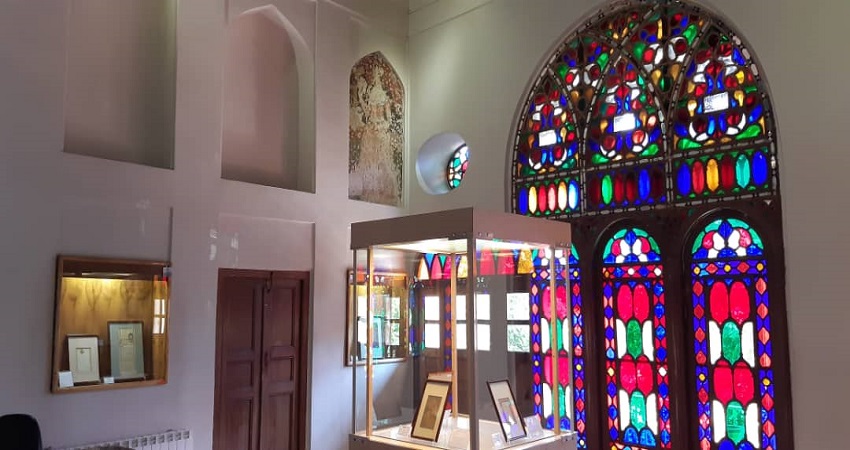The best of Qazvin

Caravanserai in Iran
September 28, 2020
Shahr-e Sukhteh
October 6, 2020Explore the best of Qazvin with our Team !
The city of Qazvin is the capital of the province of the same name, located not far from the Caspian Sea, north-west of Iran, west of the Alborz range but south of the provinces from Azerbaijan.
Qazvin has been a hotbed of historical developments in Iranian history.
According to historical documents, the city of Qazvin was founded in the Sassanid era. Shahpour, Sassanid king, established this city to prevent the Dailamites from attacking Iran. This is the reason why he built fortresses and fortifications and established his armies there. The Shahpur military base gradually grew and formed the central hub of the city.
In the 16th century, the Safavid ruler Shâh Tahmasp I felt that the first capital of the Safavid dynasty, Tabriz, was too close to the Ottoman threat. He then chooses Qazvin as his capital. From this date, the city takes a royal title and becomes the Dâr-os-Saltaneh of Qazvin. Despite the changes of capital, this title remained until the Qâdjâre period at the beginning of the 20th century.
Qazvin (north-west) offers many remarkable and unique heritage sites. Among which:
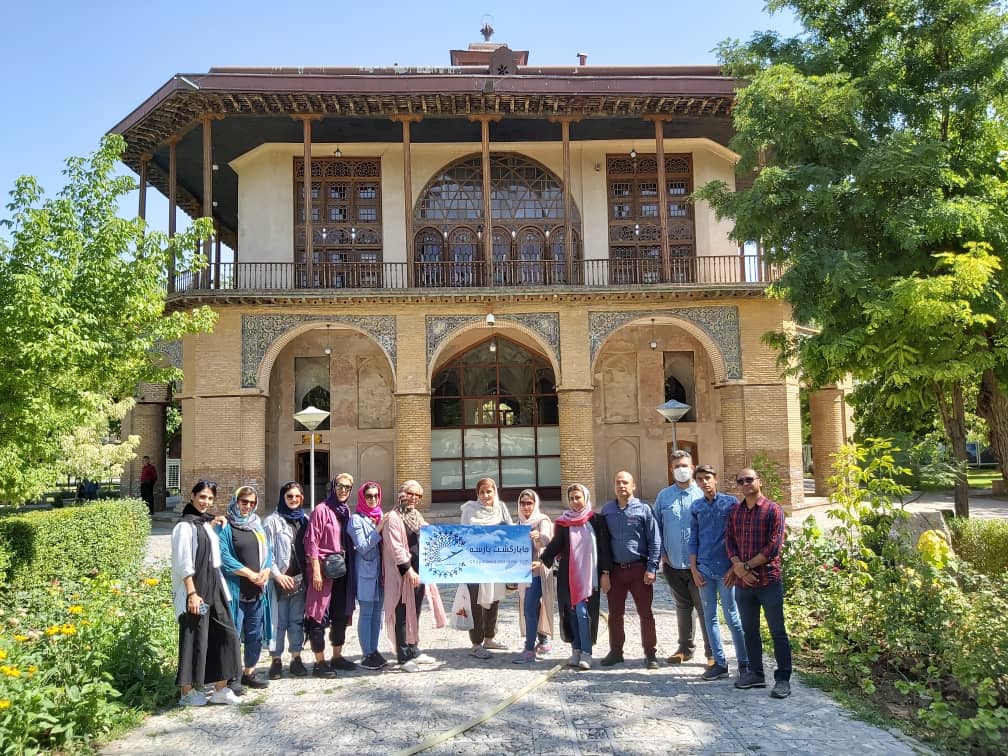
Chehel Sotun Palace: The Chehel Sotoun mansion or pavilion is one of the important monuments of the Safavid period of Qazvin. It is located in downtown Qazvin, south of Sabzeh Meidan (Azadi Sqaure) in a large garden. It is the only kiosk that remains of the royal palace complexes of the Shah Tahmâsp period.
This monument was remodeled by Mohammad Bagher Sa’ad Al-Saltaneh, then governor of Qazvin, during the Qajar era and named “Chehel Sotoun”. The first floor murals are a good example of the miniature Qazvin and enjoy worldwide fame. The style of these murals was inspired by political changes, so the emergence of the Nader Shah and Afsharid dynasty can be seen in Chehel Sotoun.
Additionally, the emergence of Qajars can be seen in the third layer of the palace murals, which have faded over time. These walls decorated with murals are unique and the existence of three layers of murals testifies to the passage of different periods of history. Qazvin’s Chehel Sotoun Mansion was inscribed on the List of Historic Monuments of Iran in 1956 under registration number 389. This monument is currently in use as a calligraphy museum.

Sardare Ali Qapu: Sardare Ali Qapu (Ali Qapu Gate) is one of the historical and tourist relics of the city of Qazvin, located at the beginning of Sepah Street. – the first street of Iran-. This building was one of the seven entrances to Arg. Royal of the Safavids. It is also the main entrance that overlooks the street and Shah Square, and the door is the only thing that remains of this set. This building was inscribed on July 4, 1934 in the list of national relics of Iran.
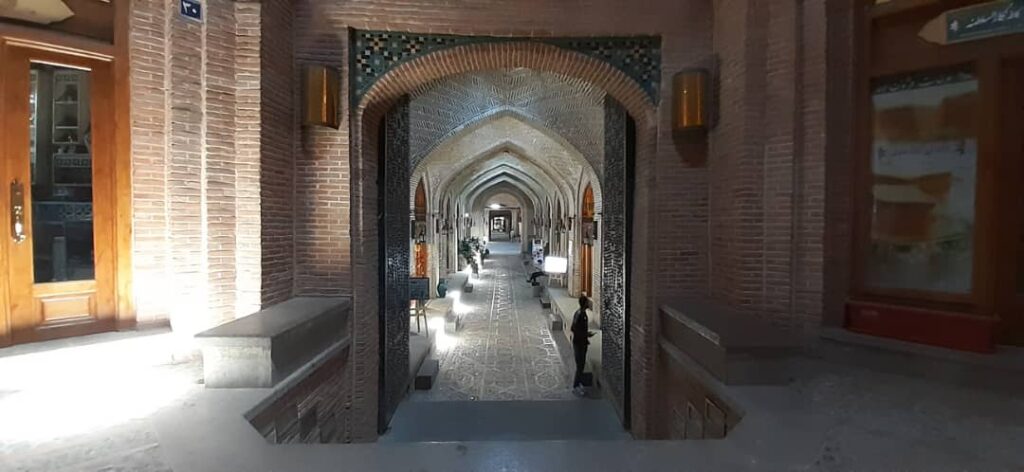
Sa’d al-Saltaneh Caravanserai: It was built by Sa’d al-Saltaneh, then Governor Qazvin, during the reign of Naser al-Din Shah. Sa’d al-Saltaneh Caravanserai is the largest urban caravanserai in Iran and one of the few Iranian caravanserai which contains several bathrooms, arcade, khan, Rasteh, mosque, tea room, etc. This caravanserai functioned as a trading house. This historic monument was originally registered in the Qazvin Bazaar Sub-Assembly on December 8, 1937. It was subsequently registered separately under the name of Caravanserai of Sa’d al-Saltaneh.
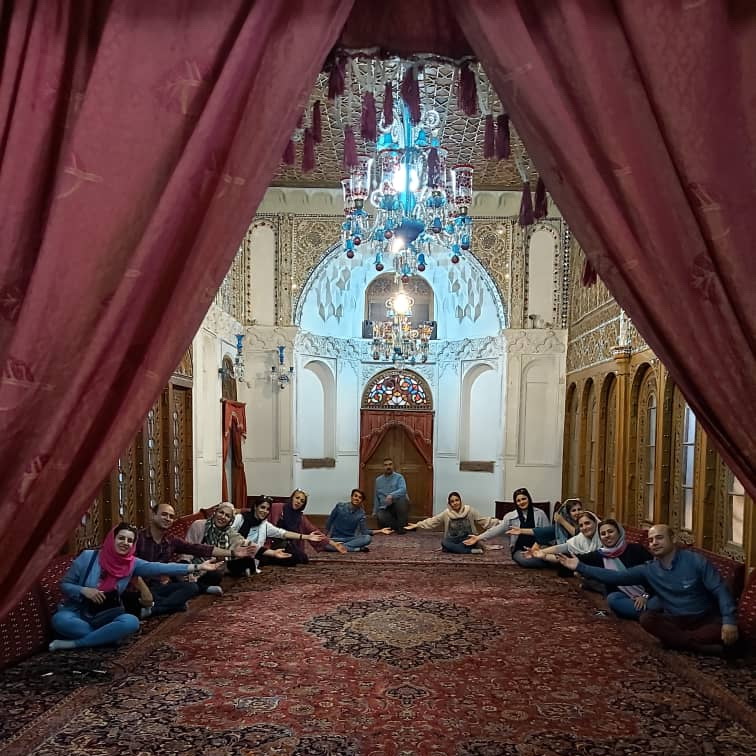
House and Hosseiniyeh of Aminiha: House and Hosseiniyeh of Aminiha is a beautiful luxurious house located in Qazvin and built west of the Dezej river by Haj Mohammad Reza Amini, one of the wealthy merchants of Qazvin. Later, the river was replaced by Molavi Street during the Pahlavi dynasty. Aminiha Hosseiniyeh is a shining example of a traditional house. Today, four courtyards and various parts have remained on the ground floor and in the basement.
This house belongs to Haj Mohammad Reza Amini, a renowned trader, and part of it was dedicated to Hosseiniyeh 1858 AD. The most beautiful part of the house consists of three parallel rooms connected by a magnificent Orosi. With nine Orosi and colorful windows, the south room is a masterpiece of art. The ceilings of the rooms are decorated with paintings, mirrors, basins, stucco and wooden Girih tiles.
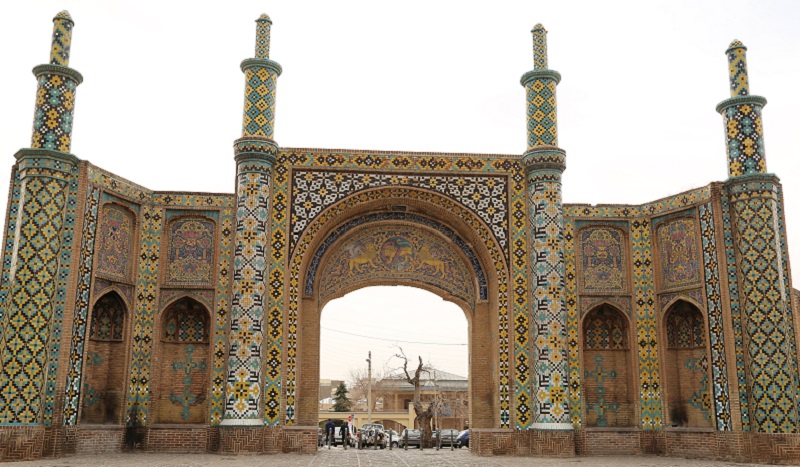
Darb-e Koushk Gate: Qazvin’s Darb-e Kushk Gate is one of the oldest gates in the city of Qazvin, which was the gate of Alamut, Roudbar, Kushks, and the northern hunting grounds of Qazvin. It has an arched and semi-circular shape. Two arcades have been built on either side of the hallway which exit gently and imply a status of open arms. This gate has a single view of the suburban areas.
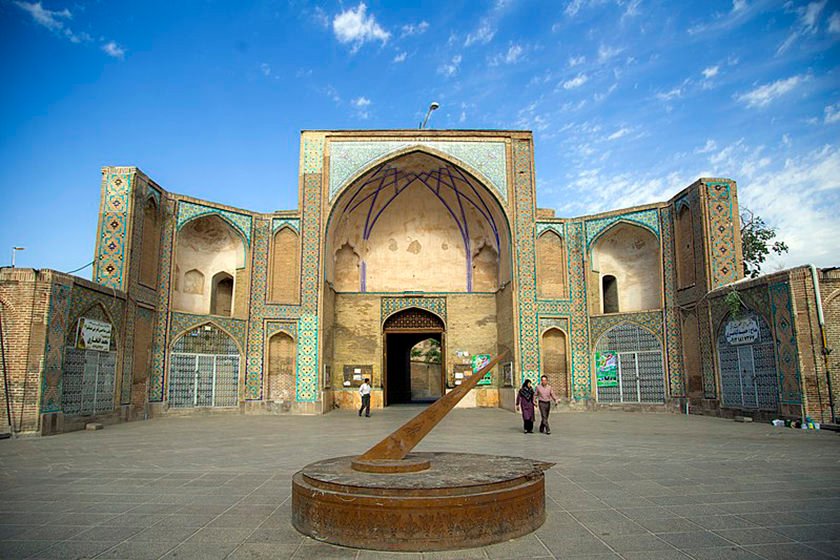
Jameh Mosque: Qazvin Jameh Mosque or Atigh Jameh Mosque or Grand Jameh Mosque is one of the largest mosques in Iran and the oldest Jameh Mosque in Iran. Its main building was built over a fire temple from the Sassanid era (the fire temple was in the south porch). The mosque is in a style of four porches and is located in the town of Qazvin. The building was built by order of Haroun al-Rashid in 192 hijri. Part of the mosque (including the south porch) was ruined when the Mongols attacked Qazvin and it was the most important mosque in the city.
However, it was repaired in the following period. Monuments from several periods can be seen in this building and after the part of the Sassanid era; the oldest part dates from the second Islamic century. The porches were reconstructed in the Safavid era. However, the eastern porch was repaired during the Qajar period. The mosque was inscribed on the Iranian National Monuments List in 1310 under registration number 121.

